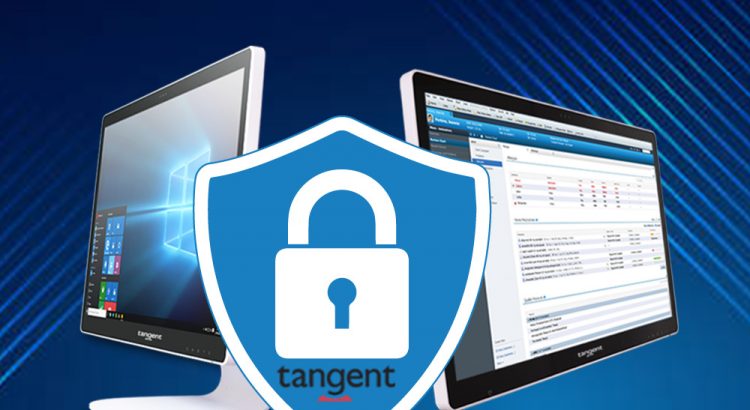On May 14th, Simon Pope, a director at the Microsoft Security Response Center, wrote a blog post urging users of older Windows operating systems to install security patches on their computers and take steps to secure themselves from a known vulnerability that could be exploited and result in worm infections and/or cyber attacks. The remote […]
